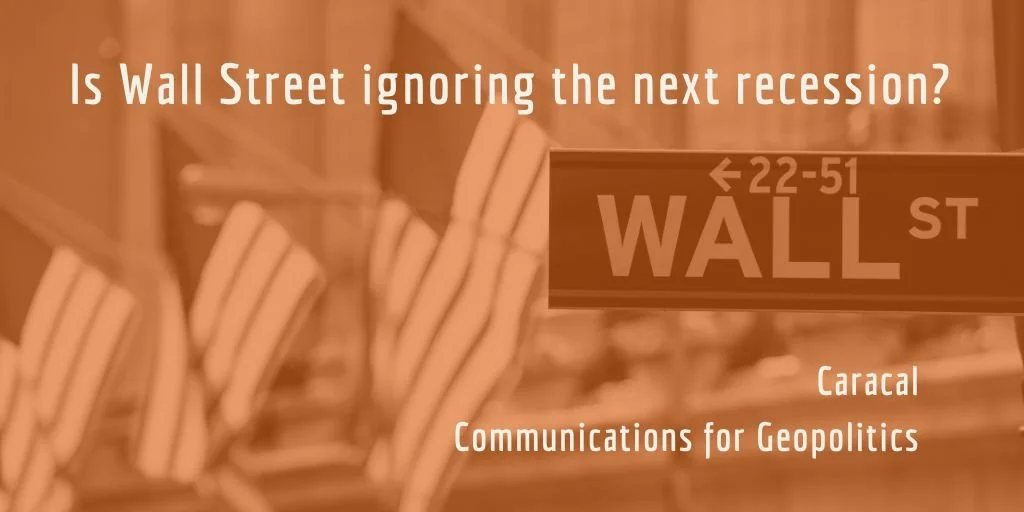Wall Street’s calm is striking.
Investors keep betting the US will dodge a recession, but the signals tell a different story. Warnings are everywhere, yet hope is the primary strategy in play. If leaders in Washington keep brushing off these signs, voters will certainly remind them in the next mid-term election.
Let’s talk labor.
Unemployment is low, but job growth has slowed to a crawl. The Bureau of Labor Statistics said there were only 150,000 new jobs in July. For months, payroll gains have lagged. That’s not the kind of trend you want when trying to avoid a downturn. Worse, the government recently admitted it overstated job growth by almost a million last year. When numbers get revised down, it means the ground is shakier than we thought.
The leading economic indicators back this up.
The Conference Board’s Leading Economic Index, which tracks things like new orders, jobless claims, and what people expect, dropped 0.5% in August. Over the last half year, it fell even faster. The index’s “recession signal” is now flashing red, warning that a downturn could be near. Stock prices and easy credit have kept the index from dropping further, but those can turn fast.
Why does this matter?
These indicators have a strong track record. When the labor market cools, job openings shrink, and wage growth slows, a slump often follows. The Kansas City Fed and other regional banks see the same pattern: hiring continues, but more slowly, and layoffs are creeping up. These are not the marks of a healthy, growing economy.
So what’s fueling the risk?
Tariffs and trade fights have already trimmed growth this year. Businesses face higher costs and more doubt about where to invest. The Conference Board names tariffs as a significant drag, and the International Monetary Fund warns that trade fights and policy swings could tip us into recession. When companies can’t plan, they stop hiring and spending.
Regulatory confusion adds another layer.
When rules and taxes change without warning, businesses freeze. Both Brookings and Harvard Business Review find that policy swings are a top worry for CEOs. If Washington keeps sending mixed signals, companies will keep their wallets closed and hiring plans on hold.
Market power is part of the problem.
As a handful of big firms dominate key sectors, the economy grows more fragile. The Financial Times notes that this can exacerbate shocks and prolong recovery. When fewer players control the market, one misstep can ripple through the whole system.
Some on Wall Street claim recession odds have dropped.
Recent surveys put the risk at about one in three for the next year, down from almost half earlier this spring. But one-in-three is not a reason to relax. The Conference Board points out that the depth and spread of weakness across key indicators now meet recession warning criteria.
Hope is not a plan.
Leaders in Congress, the White House, and business must face the facts. The risks are real, and the signals are clear. Tariffs, policy swings, and market power add fuel to the fire. Ignoring these signals means sleepwalking into a downturn that could have been avoided—with more realistic moves.
It’s time to stop betting on luck and start planning for what’s next. The US has weathered storms before, but only when leaders paid attention to the signs and acted before it was too late.
-Marc


